Entry Category: Architecture - Starting with D
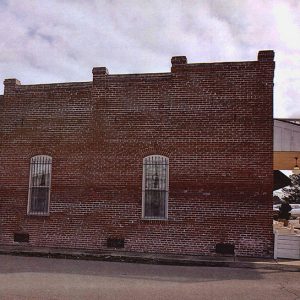 Dairyman's Bank Building
Dairyman's Bank Building
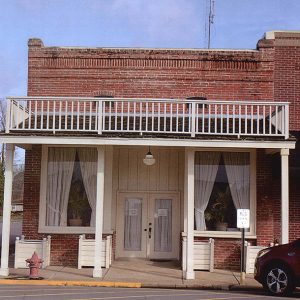 Dairyman's Bank Building
Dairyman's Bank Building
Dairyman’s Bank Building
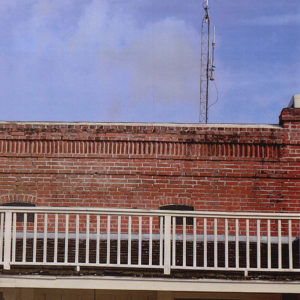 Dairyman's Bank Detail
Dairyman's Bank Detail
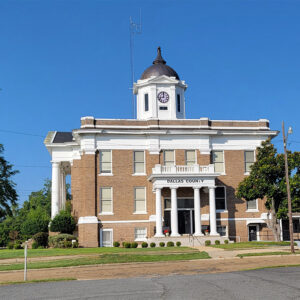 Dallas County Courthouse
Dallas County Courthouse
Dallas County Courthouse
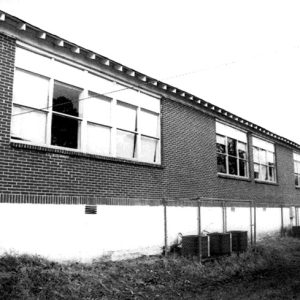 Dallas County Training School High School Building
Dallas County Training School High School Building
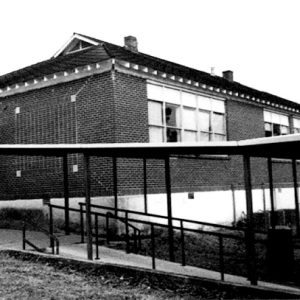 Dallas County Training School High School Building
Dallas County Training School High School Building
 Dallas County Training School High School Building
Dallas County Training School High School Building
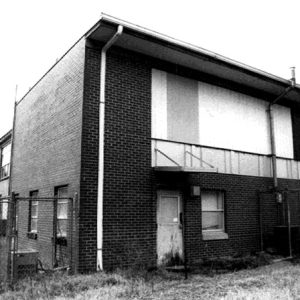 Dallas County Training School High School Building
Dallas County Training School High School Building
Dallas County Training School High School Building
Damascus Gymnasium
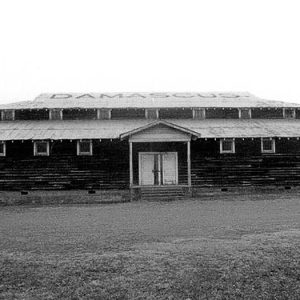 Damascus Gymnasium
Damascus Gymnasium
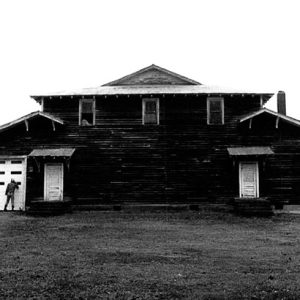 Damascus Gymnasium Rear
Damascus Gymnasium Rear
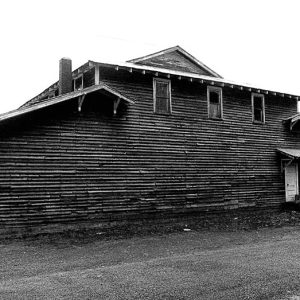 Damascus Gymnasium Side
Damascus Gymnasium Side
Dante House
 Dante House
Dante House
Dardanelle Agriculture and Post Office
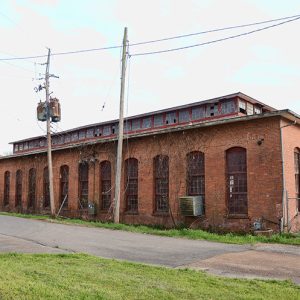 De Queen and Eastern Railroad Machine Shop
De Queen and Eastern Railroad Machine Shop
De Queen and Eastern Railroad Machine Shop
 Deadrick House
Deadrick House
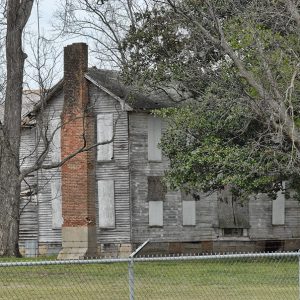 Deadrick House
Deadrick House
Democrat Printing and Lithographing Company Building
Desha County Courthouse
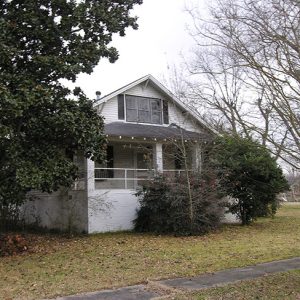 Dickinson-Moore House
Dickinson-Moore House
Dickinson-Moore House
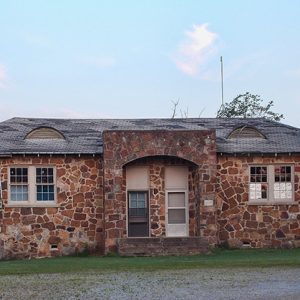 Dill School
Dill School
 Dome and Chandelier
Dome and Chandelier
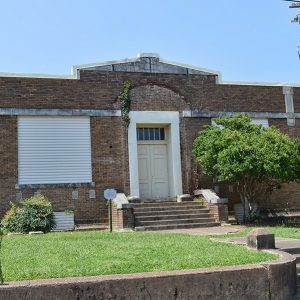 Domestic Science Building, Front
Domestic Science Building, Front
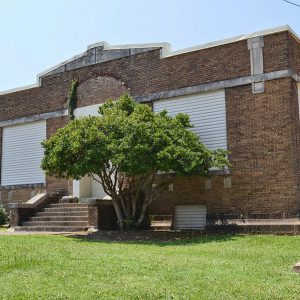 Domestic Science Building
Domestic Science Building
Domestic Science Building
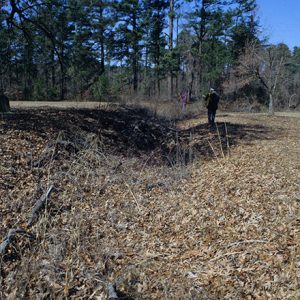 Dooley's Ferry Fortifications
Dooley's Ferry Fortifications
Doughty, Frank Lorenzo
Downs Historic District
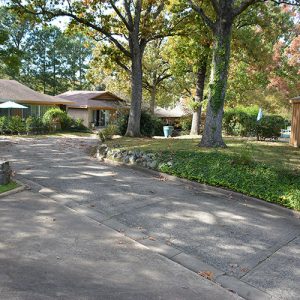 Downs Historic District
Downs Historic District
 Ed W. Dozier House
Ed W. Dozier House
Dr. Boaz House
Dr. James Wyatt Walton House
Dr. T. E. Buffington House
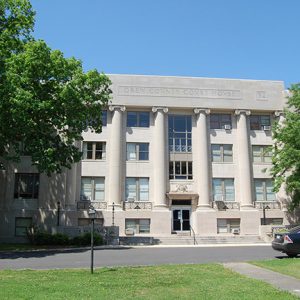 Drew County Courthouse
Drew County Courthouse
Drew County Courthouse
 Drew County Museum and Archives
Drew County Museum and Archives
Du Bocage
aka: Judge J. W. Bocage Home
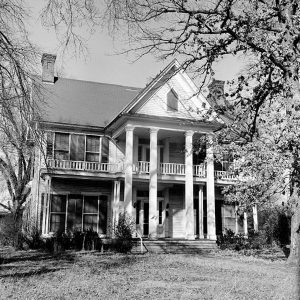 Du Bocage
Du Bocage
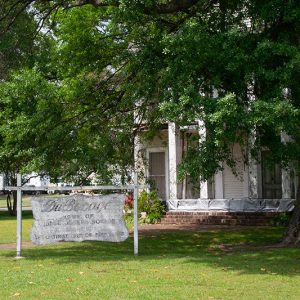 Du Bocage Commemorative Sign
Du Bocage Commemorative Sign
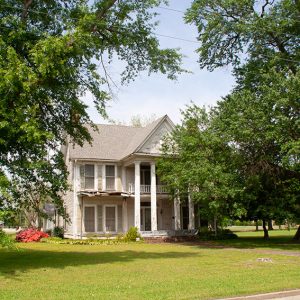 Du Bocage Grounds
Du Bocage Grounds
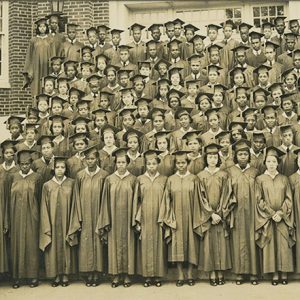 Dunbar High Class of 1939
Dunbar High Class of 1939
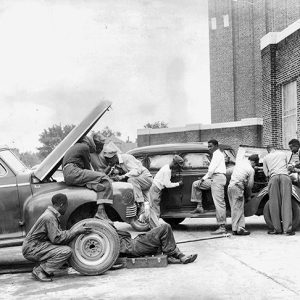 Dunbar High School Auto Mechanics Class
Dunbar High School Auto Mechanics Class
 Dunbar Historic District Home
Dunbar Historic District Home




